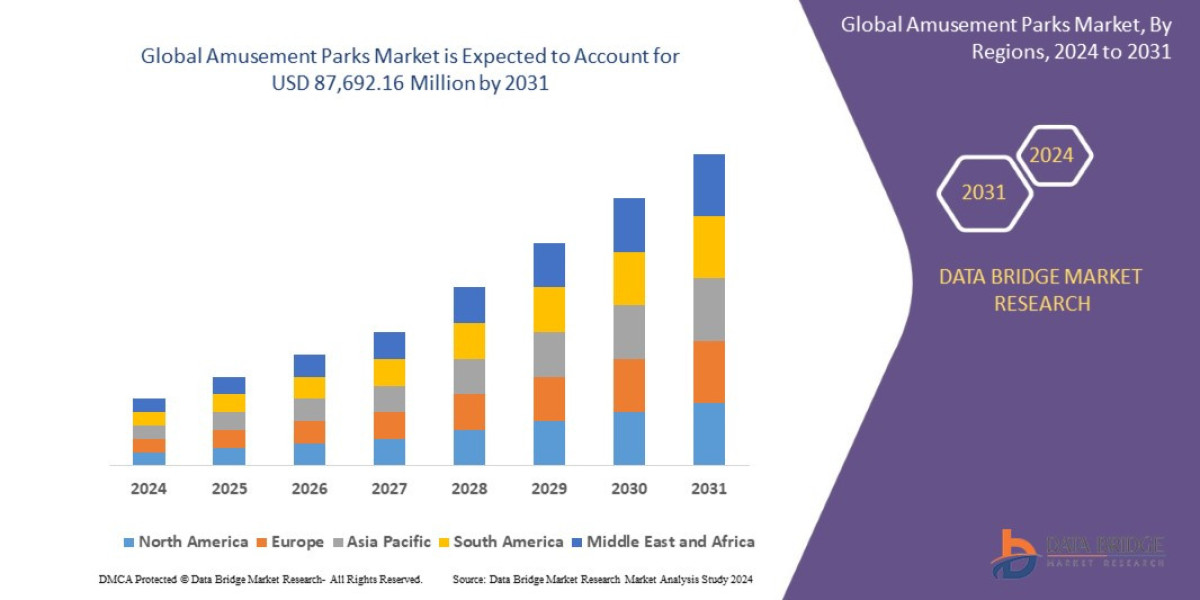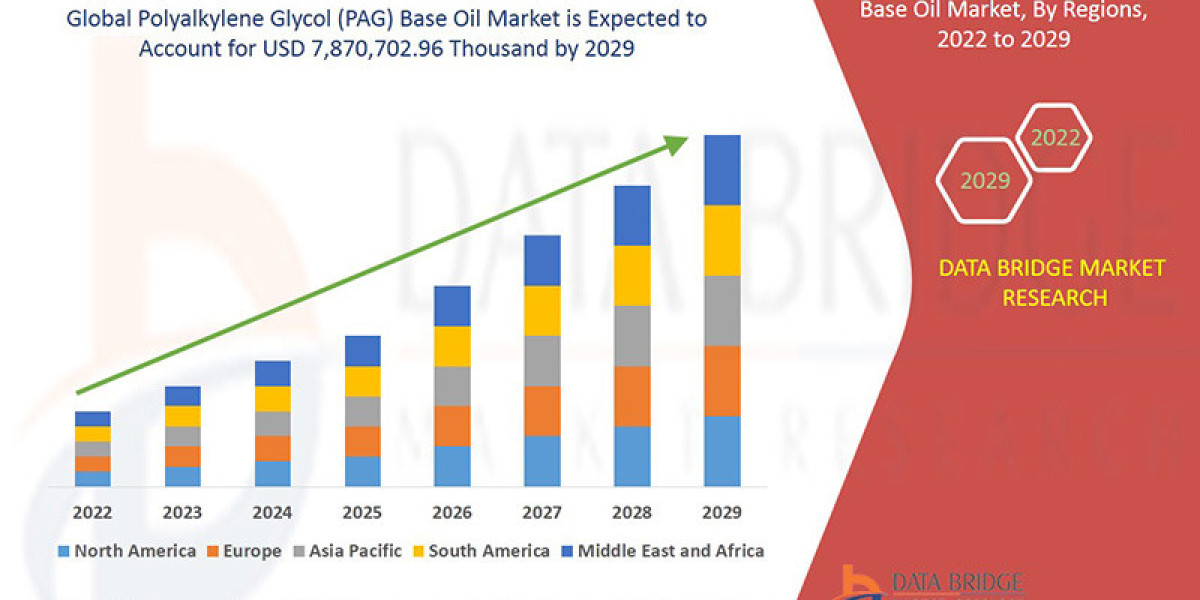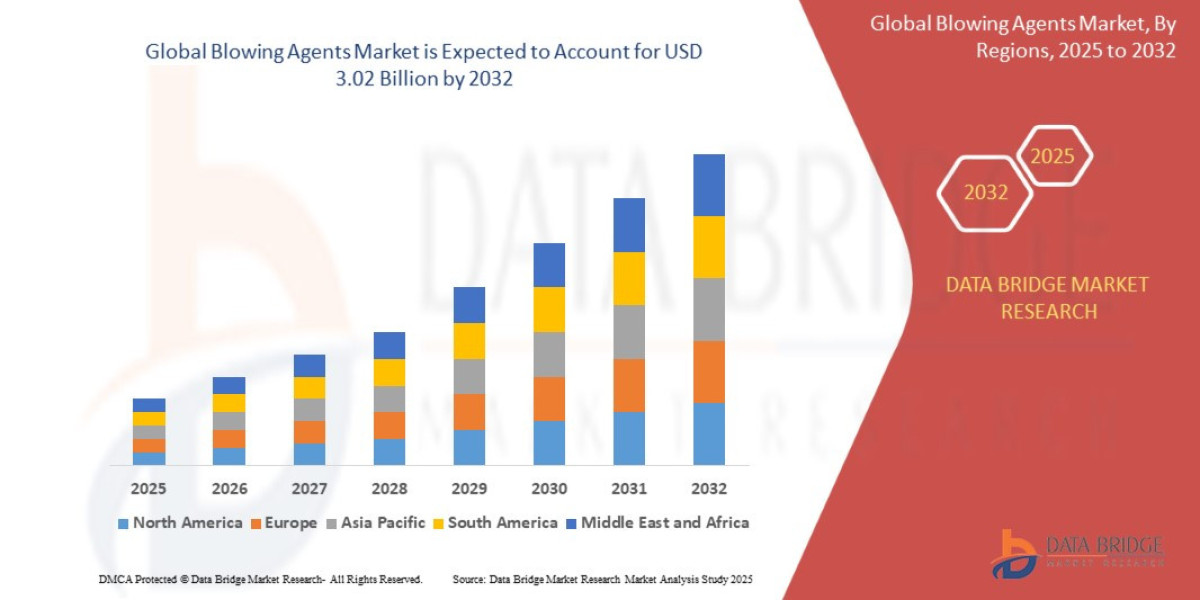Executive Summary
- The global amusement parks market was valued at USD 66.20 billion in 2024 and is expected to reach USD 91.29 billion by 2032
- During the forecast period of 2025 to 2032 the market is likely to grow at a CAGR of 4.10%,
Market Overview
The Amusement Parks Market encompasses all fixed-site recreational facilities offering a coordinated collection of rides, shows, and attractions, typically centered around a thematic concept or brand. The market segmentation is critical for strategic analysis:
By Park Type:
Theme Parks: Dominant segment, holding over 52% of the market revenue, driven by immersive storytelling tied to popular culture (e.g., Disney, Universal).
Water Parks: Fastest-growing sub-segment, projected to expand at a CAGR exceeding 7.36%, largely due to the development of all-season indoor facilities and modular attractions like surf lagoons.
Other Parks: Includes Adventure, Edutainment, and Wildlife parks, which cater to specialized experiential niches.
By Ride Type: Mechanical rides (roller coasters, flat rides) account for the largest share, but AR/VR and Immersive Dark Rides are the key growth vector, posting a CAGR of approximately 10.63%, as they offer high-impact experiences with comparatively lower infrastructure costs than traditional steel coasters.
By Revenue Source: Admission and ticketing contribute close to 50% of total park revenue. However, ancillary revenue streams—particularly hotels and resorts (forecasted to rise at an 8.50% CAGR)—are the focus for major operators seeking to convert day-trips into multi-day destination visits, thereby maximizing total guest spend.
Key Market Drivers:
The Rise of the Experience Economy: Millennial and Gen Z consumers prioritize spending on memorable experiences over physical assets, fueling demand for high-quality, shareable leisure activities.
IP Integration and Transmedia Storytelling: The use of globally recognized Intellectual Property (IP) from film, television, and video games (e.g., Harry Potter, Star Wars, Nintendo) creates compelling, high-attendance anchor attractions.
Urbanization and Middle-Class Expansion in APAC: Rapid urbanization and increasing disposable income in countries like China and India are creating massive new consumer bases demanding high-end entertainment options.
Market Size & Forecast
- The global amusement parks market was valued at USD 66.20 billion in 2024 and is expected to reach USD 91.29 billion by 2032
- During the forecast period of 2025 to 2032 the market is likely to grow at a CAGR of 4.10%,
For More Information Visit https://www.databridgemarketresearch.com/reports/global-amusement-parks-market
Key Trends & Innovations
The modern amusement park is transforming into a sophisticated, digitally integrated entertainment ecosystem, driven by three core technological and behavioral shifts:
1. Immersive Technology (AR/VR/Haptics)
The integration of Augmented Reality (AR) and Virtual Reality (VR) is fundamentally altering ride economics. AR/VR Dark Rides, experiencing a robust 10.63% CAGR, allow parks to dynamically refresh ride experiences and offer deeper layers of interaction without requiring multi-million dollar infrastructure overhauls. Haptic feedback and motion simulation are being deployed to enhance physical sensations, blurring the lines between the digital and physical worlds. This technology also extends to park operations, where AR overlays assist maintenance teams and enhance wayfinding for guests.
2. AI and IoT-Driven Guest Management
The Internet of Things (IoT) and Artificial Intelligence (AI) are central to next-generation park operations.
Dynamic Pricing and Yield Management: AI algorithms analyze real-time demand, weather, and local events to optimize ticket pricing, maximizing revenue yield.
Virtual Queuing and Reservation Systems: Mobile apps integrated with IoT sensors streamline the guest experience, minimizing perceived wait times and spreading crowd density more efficiently across the park (e.g., Disney's Genie+).
Personalized Experiences: AI-driven recommendations deliver customized itineraries, targeted F&B promotions, and merchandise suggestions directly to the guest’s mobile device, boosting ancillary sales.
3. Sustainability and Themed Resort Integration
Consumer demand for socially and environmentally responsible businesses is pushing parks towards sustainability. This trend includes the adoption of renewable energy sources, advanced water recycling for water rides, and reduced waste generation. Strategically, many large operators are shifting capital expenditure toward mixed-use developments that combine entertainment, dining, retail, and lodging. This holistic approach creates self-contained, year-round destinations that mitigate the impact of weather volatility and significantly increase profitability.
Competitive Landscape
The global amusement park market is characterized by a moderate concentration, with a clear distinction between a handful of dominant, IP-rich global conglomerates and a broader base of regional and independent operators.
Major Global Players:
The Walt Disney Company (Walt Disney Parks & Resorts): Maintains global leadership through unparalleled Intellectual Property (IP) strength (Marvel, Star Wars, Pixar) and an established integrated resort model that drives high occupancy and per-capita spend. Their strategy centers on creating highly immersive "lands" that become cultural phenomena.
Comcast Corporation (Universal Parks & Resorts): Aggressively expanding their IP portfolio (Harry Potter, Super Nintendo World) and focusing on geographic expansion, particularly in Asia-Pacific. Their strategic advantage lies in rapid deployment of cutting-edge technology and securing high-demand entertainment franchises.
Merlin Entertainments (LEGOLAND, Madame Tussauds): Global leader in the European market, specializing in mid-sized, accessible, and high-frequency-visit theme parks. Their strategy relies on a strong global brand portfolio and operational efficiency across a high volume of sites.
Cedar Fair Entertainment Company & Six Flags Entertainment Corporation: Primarily focused on the North American market, specializing in thrill rides and roller coasters. Their strategy is often centered on seasonal events, annual pass programs, and high-adrenaline attractions to maximize regional visitation.
Chinese Operators (e.g., Fantawild Holdings, Overseas Chinese Town): Rapidly growing operators leveraging domestic tourism and local cultural narratives to dominate the expanding China market.
Competitive Strategies:
IP Diversification: Operators are continuously acquiring or partnering with entertainment franchises (film, video games, streaming content) to build new, story-driven attractions that command premium pricing.
Vertical Integration: The move towards integrated resorts ensures that parks capture revenue from hospitality, dining, and retail, creating multiple spending touchpoints and raising the barrier to entry for competitors.
M&A Activity: Consolidation, particularly among regional players like the pending merger between Cedar Fair and Six Flags, aims to achieve greater economies of scale, optimize operational costs, and leverage combined regional pass-holder networks.
Regional Insights
The global market presents a bifurcated profile: high-value, high-spend established markets (North America and Europe) and high-growth, high-volume emerging markets (Asia-Pacific and the Middle East).
Region | Market Share (2024 Est.) | Growth Rate (CAGR to 2030) | Key Dynamic |
|---|---|---|---|
North America | ∼40% | ∼5.55% | Largest Market: Mature, high per-capita spend, driven by technological adoption and IP refreshes. |
Asia-Pacific (APAC) | Emerging Leader | ∼8.8% | Fastest-Growing Market: Driven by urbanization, middle-class expansion, and new large-scale projects in China and India. |
Middle East & Africa | Significant Growth | ∼9.42% | Highest CAGR Region: Heavy government investment in tourism infrastructure and leisure (e.g., Saudi Arabia, UAE) positioning as global tourism hubs. |
Asia-Pacific Dominance: APAC is the primary driver of new development. The rising middle class in China and India views theme park visits as a status symbol of leisure spending. This demand is being met by both global brands (Universal Beijing) and local powerhouses (Fantawild, OCT).
Middle Eastern Investment: Governments in the Gulf Cooperation Council (GCC) are making substantial investments in gigaprojects aimed at diversifying economies away from oil. These projects often include massive themed entertainment components, resulting in the highest regional CAGR for the forecast period.
Challenges & Risks
Despite the favorable growth outlook, the amusement parks market faces persistent structural and external risks that demand careful management.
1. High Capital Expenditure (CAPEX) and Operational Expenditure (OPEX)
The cost of entry is extremely high. Developing a major themed resort can cost between $600 million and over $6 billion. Moreover, ongoing OPEX, including stringent safety compliance, continuous ride maintenance, and rising labor costs, is substantial. This high barrier to entry limits competition and penalizes smaller operators.
2. Competition from At-Home Digital Entertainment
The proliferation of high-quality, cost-effective digital entertainment—streaming services, advanced video gaming, and affordable VR—presents a long-term competitive threat, especially in core Western markets. Parks must continuously justify the premium price point and high time commitment required for an out-of-home visit by delivering truly unique, social, and immersive experiences that cannot be replicated digitally.
3. Climate Change and Weather Volatility
The majority of park revenue relies on favorable weather. Increasing climate volatility (extreme heat, heavier rain, stronger storms) disrupts operations, drives up insurance costs, and necessitates expensive infrastructure upgrades (e.g., indoor attractions, shade structures) to maintain year-round feasibility.
Opportunities & Strategic Recommendations
Stakeholders can capitalize on market dynamics through targeted strategies focused on technology, content, and geographic positioning.
1. Content and IP Focus
Recommendation for Operators: Shift capital expenditure away from generic flat rides toward IP-driven immersive attractions. Secure licensing agreements with popular video game developers and streaming services, as these franchises offer fresh, highly engaged fan bases compared to traditional film licenses.
Opportunity: Leverage the 10.63% CAGR in AR/VR dark rides to revitalize existing, older ride systems with new content, offering a "software refresh" that avoids massive construction costs while driving repeat visitation.
2. Operational Technology Adoption
Recommendation for Investors/Technology Providers: Invest in AI-powered operational tools. This includes systems for dynamic pricing (optimizing yield), advanced predictive maintenance (reducing downtime risks), and real-time crowd flow management (improving guest satisfaction).
Opportunity: Focus on the F&B and Merchandise segment digitization (mobile ordering, personalized digital signage) to boost the ancillary revenue stream, which offers higher margins than ticketing.
3. Strategic Geographic Expansion and M&A
Recommendation for Global Chains: Prioritize greenfield development in the Asia-Pacific and Middle Eastern markets, focusing on second-tier metropolitan areas that have rapidly expanding middle-class populations but lack high-quality themed entertainment options.
Recommendation for Regional Operators: Seek strategic mergers and acquisitions (M&A) to consolidate regional footprints, achieving better purchasing power for rides and technology, and creating multi-park annual pass systems that enhance customer loyalty and switching costs.
Opportunity: Develop integrated entertainment resorts (I.E.R.s) with themed hotels, convention centers, and retail outlets. This strategy minimizes seasonality risk and captures a greater share of the overall leisure travel budget.
Browse More Reports:
Global Ring Pull Caps Market
Middle East and Africa Fuse Market
Global Automotive Cluster Market
Global Aerospace and Defense C Class Parts Market
Global Ostomy Devices Market
Global Disconnector Market
Middle East and Africa Rice Husk Ash Market
Europe Retail Analytics Market
Global D-Malic Acid Market
Global Hereditary Breast and Ovarian Cancer Syndrome Treatment Market
Global High Intensity Discharge (HID) Light Market
Global Visual Electrophysiology Testing Devices Market
Global Next-Generation Sequencing (NGS) Services Market
Global Spark Plug Market
Global Agriculture Biological Control Agents Market
Europe Fuse Market
Global Abatacept Market
Global Whole Genome Bisulfite Sequencing (WGBS) Market
Global Cervical Intraepithelial Neoplasia Drugs Market
Global Facial Tissue Paper Market
Global Wrist Replacement Orthopedic Devices Market
Global Frozen Ready Meals Market
Global Medical Device Interface Market
Global Mass Notification Systems Market
Global Chondrodermatitis Nodularis Helicis Market
Global Indium Market
Global Winged Bean Seeds Market
Global Porcine Vaccines Market
Global Metal Trauma Implants Market
Global Maple Syrup Urine Disease Treatment Market
Global Performance Analytics Market
Middle East and Africa Panel Mount Industrial Display Market
About Data Bridge Market Research:
An absolute way to forecast what the future holds is to comprehend the trend today!
Data Bridge Market Research set forth itself as an unconventional and neoteric market research and consulting firm with an unparalleled level of resilience and integrated approaches. We are determined to unearth the best market opportunities and foster efficient information for your business to thrive in the market. Data Bridge endeavors to provide appropriate solutions to the complex business challenges and initiates an effortless decision-making process. Data Bridge is an aftermath of sheer wisdom and experience which was formulated and framed in the year 2015 in Pune.
Contact Us:
Data Bridge Market Research
US: +1 614 591 3140
UK: +44 845 154 9652
APAC : +653 1251 975
Email:- corporatesales@databridgemarketresearch.com








